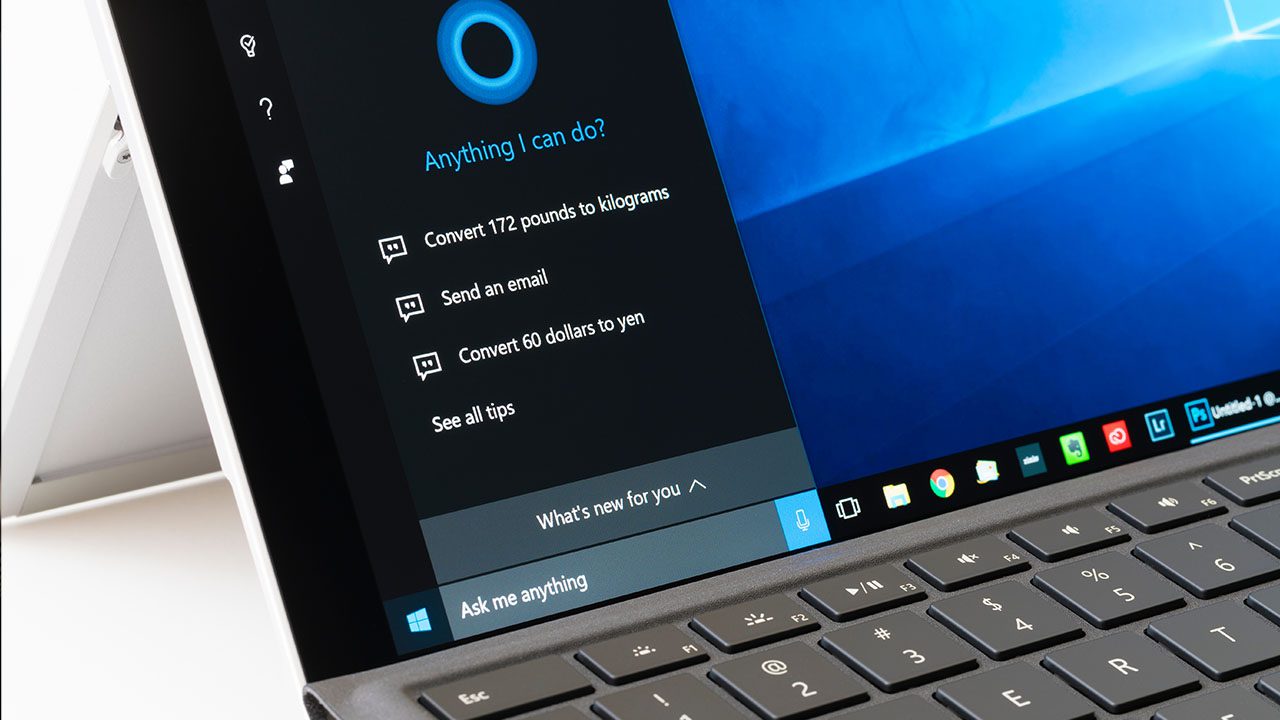IT Admins Report Issues With Microsoft Store Version of Quick Assist App

Last month, Microsoft announced its plans to move the Quick Assist app to the Microsoft Store. The Redmond giant is dropping support for the existing built-in Quick Assist app for Windows 10 and Windows 11 on May 23, 2022.
For those unfamiliar, Quick Assist is a remote assistance tool available for Windows PCs. The app allows IT teams to view or control a remote Windows device over a network or internet connection to troubleshoot technical issues and provide instructions to fix them.
According to the reports on Microsoft’s Tech Community post (via OnMSFT), Windows admins and users are currently experiencing numerous issues with the new Store version of Quick Assist. First of all, the installation of the new app requires local administrator privileges. The new Quick Assist app also installs next to the old version on Windows machines, making it difficult for users to choose the correct app from the search results.
Microsoft provides workarounds to fix issues with the new Quick Assist app
Fortunately, Microsoft is aware of the Quick Assist installation issues, and it has also offered some workarounds to help Windows Admins fix them. For instance, Microsoft’s Nathan Pfeifer noted that the Quick Assist app is also available as an offline version for enterprise customers via the Microsoft Store for Business.
“Understand the frustration of pushing a user to download the Store app to get a remote assistance app. The nature of using remote assistance is that one of the parties is stuck and needs help – so it can be frustrating. There is some underlying functionality, in how we currently have this set up, that needed to be adjusted that led to this. That being said, this is time sensitive and sometime in mid-May the old version will no longer be usable. Thanks for the feedback! It is being passed along, rest assured,” said Nathan Pfeifer.
Nevertheless, some IT administrators emphasized that deploying offline versions is not feasible in all environments. It’s because the detection rules are no longer applicable, which can cause problems when updating an application.
Kapil Tundwal, the engineering manager for Quick Assist, also explained on Twitter that the Microsoft Store deployment allows the company to release security updates faster to all Windows users.
Microsoft is currently working to resolve the issue with the keyboard shortcut and a bug that prevents the older Quick Assist app from being removed when installing the new version from the Microsoft Store. In the meantime, Microsoft recommends users to pin the Microsoft Store version of Quick Assist to the taskbar and avoid using the keyboard shortcut to launch the app.


